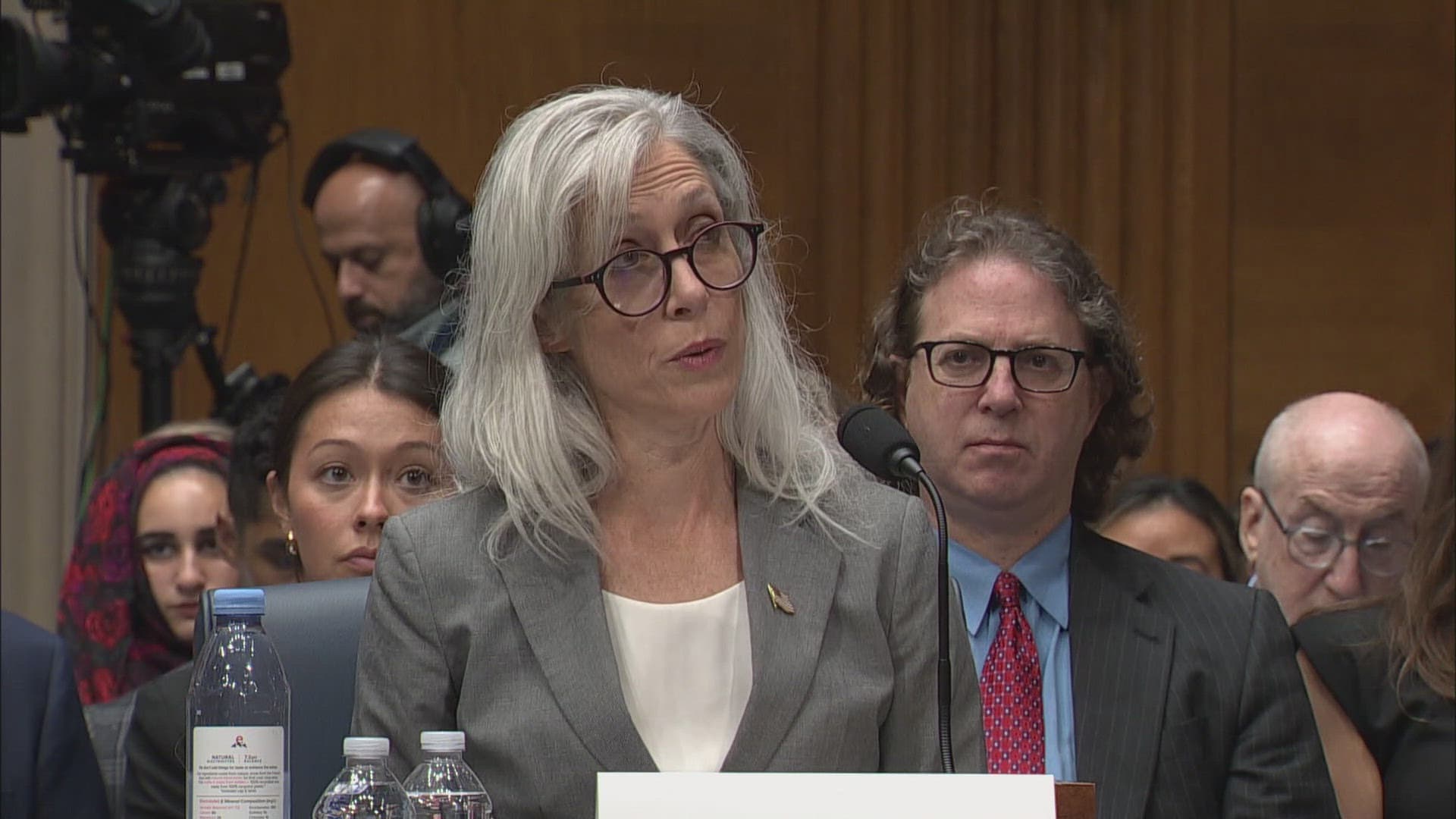World Toilet Day Highlights Sanitation Inequity, Health Risks Locally
World Toilet Day on November 19 drew renewed attention to how access to basic sanitation affects health, safety and dignity, issues that matter to Lane County residents. A KLCC short human interest piece published November 18 noted that the sound of a flushing toilet is often taken for granted, while toilets remain out of reach for many people both abroad and in parts of the United States.

World Toilet Day on November 19 served as a reminder that something many take for granted can be a matter of life and dignity for others. Local and global conversations around sanitation focused on how toilets and modern waste disposal influence public health outcomes, personal safety and social equity. KLCC published a short human interest piece on November 18 that framed the observance as a chance to think about what the routine act of flushing means for communities with reliable infrastructure and for those without it.
Access to safe, private sanitation affects infectious disease transmission, mental health and the ability to participate fully in civic and economic life. When toilets and adequate waste disposal are unavailable, people face greater risk of water and food contamination, challenges managing chronic health conditions and barriers to education and employment. The KLCC piece emphasized that while modern waste disposal is a push of a handle for many, toilets remain a luxury for some communities in less developed nations and parts of the United States. That reality has direct relevance for Lane County where gaps in infrastructure and services can leave rural households, people experiencing homelessness and households on septic systems vulnerable.
The public health implications are not abstract. In local settings inadequate sanitation complicates disease prevention efforts and strains health services that already work with limited resources. It also intersects with safety concerns, especially for women, children and elderly people who may lack access to secure, well lit facilities. Sanitation is therefore a matter of public health, urban planning and social policy all at once. Addressing it requires coordination across county public health, housing and public works agencies, as well as investments that prioritize equity.
Policy responses can range from improving public restroom availability and maintenance, to funding upgrades for failing septic systems, to integrating sanitation needs into emergency preparedness plans. Community based organizations, health providers and local government can play roles in outreach, education and infrastructure planning. These efforts also raise questions about who benefits from public investments and how to ensure historically underserved neighborhoods receive priority.
For Lane County residents the conversation sparked by World Toilet Day is an opportunity to examine local priorities through a lens of dignity and prevention. Improvements to sanitation infrastructure are investments in health equity that reduce disease risk, increase safety and support fuller participation in community life. As the days after the November observance unfold, the challenge is to translate awareness into policies and practices that make reliable sanitation a reality for everyone.


